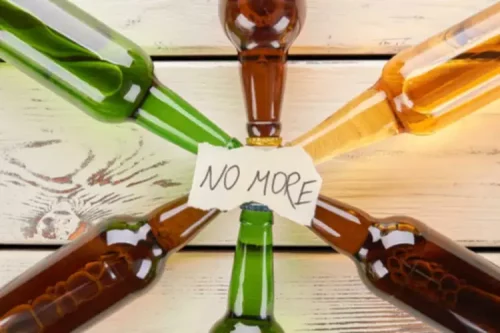
People with migraine are also more likely to report headaches as a hangover symptom than people without migraine. Because everyone’s migraine triggers are unique to them, there’s no easy answer to this question. Gin might be a good alcohol choice for some people with migraine, but it could be a migraine trigger for others. Be sure to talk with your healthcare provider about your « cocktail headache » plan. As safe alcohol consumption varies from person to person, and different sources recommend various intakes, it is important to take an individualized approach.

How can you prevent getting a migraine headache from alcohol?
- While people who have these headaches report a connection to alcohol, there’s no real consistency in how alcohol causes these headaches to develop, according to studies that have been done.
- In these cases, people with migraine might be able to drink a glass or two of alcohol without any trouble most of the time, but they might occasionally find that just half a drink triggers a migraine.
- However, this is actually a negative sign that could indicate dependency.
However, these limitations are to some extent discounted by the number of studies included and the cultural diversity of participants. Early effects of alcohol can dull sensations and have an analgesic effect, but as alcohol leaves the body it can have the opposite effect and actually increase sensitivity to pain. Some studies have reported that alcohol can trigger a migraine headache in people who are sensitive to it in as little as 30 minutes — or it could take 3 hours. While there are a variety of different symptoms that occur during the detox process, a common symptom that many people have to cope with is chronic, severe headaches.
Dehydration
These headaches often stem https://ecosoberhouse.com/ from various underlying physiological and neurological changes in the body due to the sudden cessation of alcohol. Factors like neurotransmitter imbalances, alterations in blood flow, and dehydration, not to mention heightened stress, will continue to impact their severity and onset. Healthy strategies to ease the pain of headaches, as well as working with your recovery support network, can help to reduce the severity and frequency of the headaches. It is best to remember to be easy on yourself and to focus on reaching your goal of achieving a sober lifestyle. Stress can cause a spike in headaches even when alcohol or alcohol withdrawal isn’t factoring into the equation.
- Some people with a history of excessive alcohol use develop nutritional deficiencies that further damage brain function.
- Any remaining articles were screened by title or abstract randomly by the authors (BB, PN and MS1) with the below presented inclusion/exclusion criteria and PRISMA 2020 guidelines.
- In cases of conflict between authors in terms of the inclusion of a particular paper, the fourth researcher (MWP) decided upon a solution to the problem following discussion.
- Outpatient treatment may be appropriate for people who have a strong support network and have not had an issue with alcohol for long.
Is Gin Good or Bad for People With Migraine?
Sometimes, migraines don’t plague patients until the next morning, just as their blood-alcohol content level is back to normal. Many people confuse this with a regular hangover until the intensity of the migraine sets in. Other hard liquors, beer, and sparkling wine have also been identified as culprits by the scientific community.

However, a 2019 study found higher rates of vodka consumption among drinkers with frequent migraine attacks. The response to alcohol varies can alcohol cause migraines from person to person, and there is no alcohol that absolutely will not cause a migraine or other headache. Migraine causes a specific type of headache that involves neurological symptoms such as light sensitivity and aura.


2021 research also linked lifestyle factors with alcohol drinking and smoking to cluster headaches and their severity. Analysis of the 22 included studies revealed 5 cohort studies 36, 45, 52, 55, 58, 11 cross-sectional 26, 27, 44, 46–48, 51, 56, 57, 59, 60 and six case-controls 49, 50, 53, 54, 61, 62. Of the cohort studies, two 36, 66 received fewer than 8 “yes” answers, therefore according to the assessment criteria from the Methods section above, these were assessed as having moderate risk of bias. The majority of cohort studies were within the range of 3–7 points, thus receiving a high risk of bias 52, 55, 58.